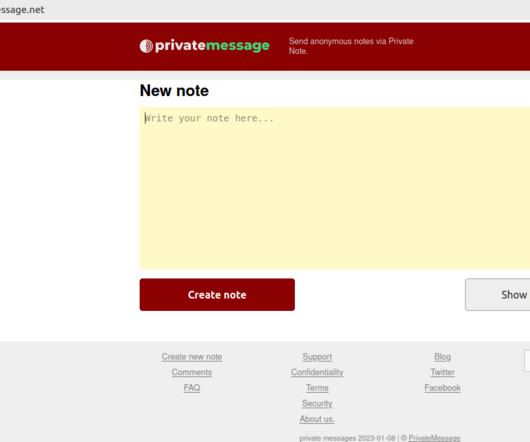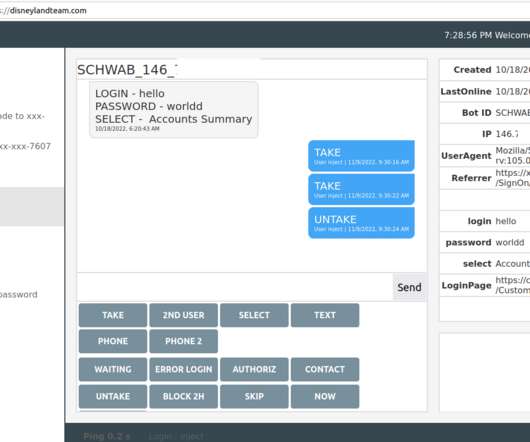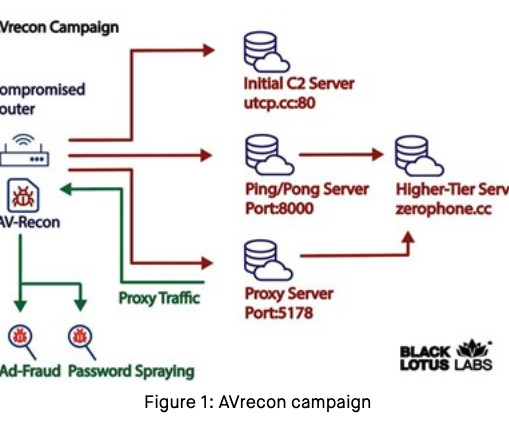Fake Lawsuit Threat Exposes Privnote Phishing Sites
Krebs on Security
APRIL 4, 2024
Throughout 2023, Tornote was hosted with the Russian provider DDoS-Guard , at the Internet address 186.2.163[.]216. In keeping with the overall theme, these phishing domains appear focused on stealing usernames and passwords to some of the cybercrime underground’s busiest shops, including Brian’s Club. com , meternask[.]com












Let's personalize your content